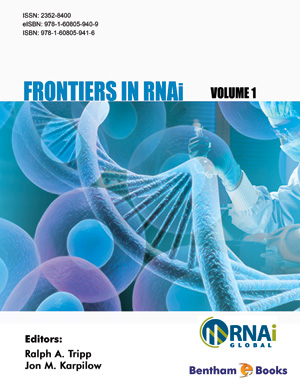Abstract
During evolution, the immune system evolved as a defense mechanism to protect organisms against pathogens. Since pathogens in the environment are extremely diverse and unpredictable, strategies taken by the immune system have to be highly diversified in order to mount an effective response. At the molecular level, the sequence diversity present in the variable regions of antibody-coding and TCR-coding genomic sequences is eventually reflected in the amino acid sequences of their encoded proteins as seen in the circulation system and on the surface of immune cells. At the cellular level, B cells, T cells, dendritic cells, and many other immune cells have to interact coordinately with one another in order to foster the maturation of an immune response (e.g., affinity maturation) against pathogenic attack. With the advent of NGS technologies, the complexity of the immune system can now be studied in greater detail.
Keywords: Phage display, Single chain variable fragment, ScFv, Single domain antibody, SdAb, TCR, VDJ recombination.


















